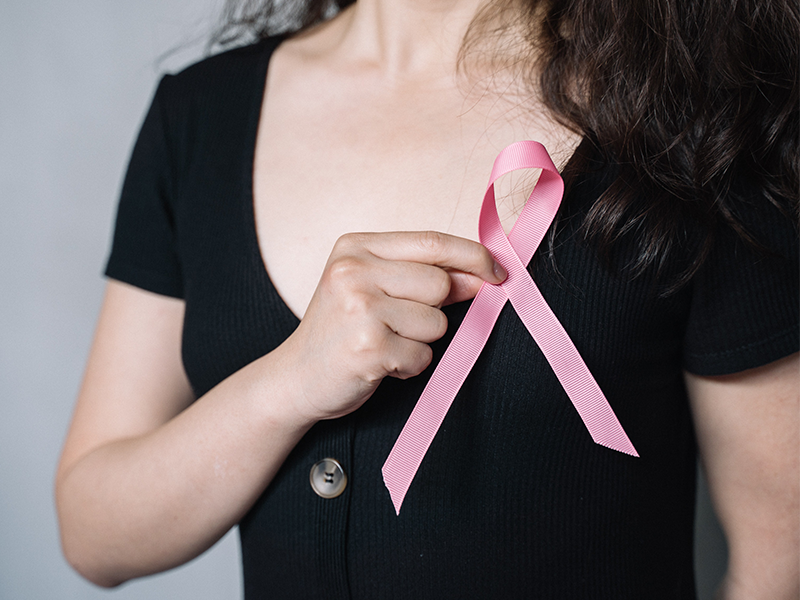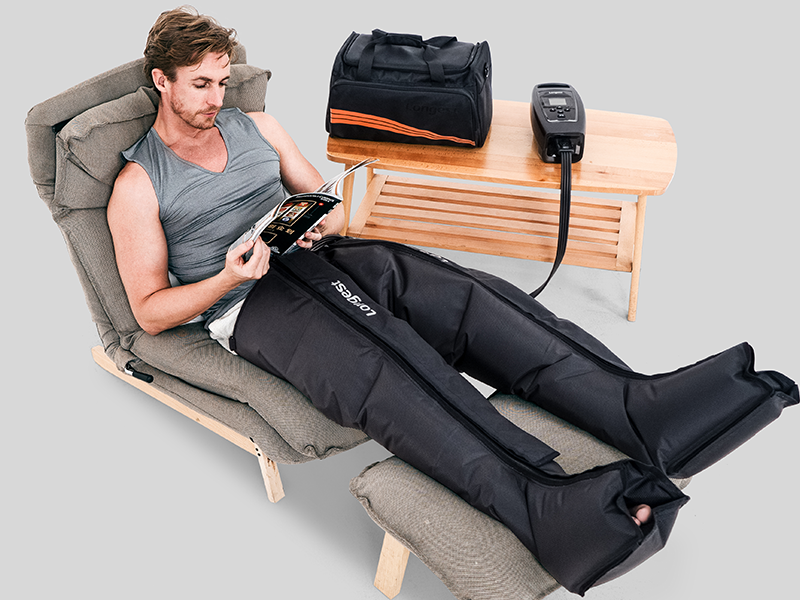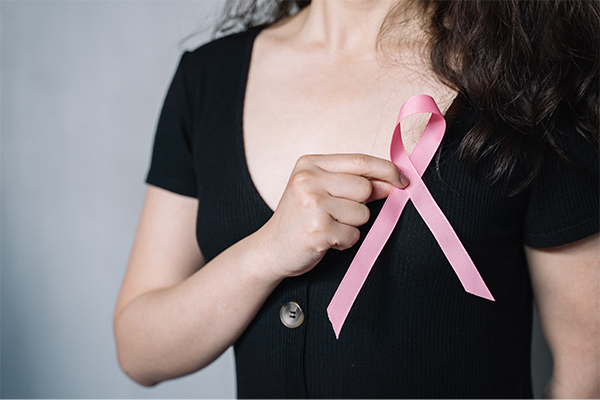Effectively Reduce Lymphedema – GZ Longest Pneumatic Compression

Over 2.3 million women were diagnosed with breast cancer worldwide in 2020. Breast cancer is currently the most common cancer globally, accounting for 12.5% of all new annual cancer cases worldwide.
The good news is, compared with other cancers, breast cancer treatment can be highly effective, achieving survival probabilities of 90% or higher. People are surviving and thriving after breast cancer treatment. However, the complication of lymphedema after the treatment is still frustrating.
This article describes why lymphedema is developed after breast cancer and explores options for managing it. There is no cure for lymphedema, but finding an effective way to manage it can significantly improve people’s quality of life.
What caused lymphedema after breast cancer treatment?
Today, the majority of breast cancers are treated with “lumpectomy” or partial mastectomy. And radiation therapy to the breast is generally required to minimize the chances of recurrence in the breast. The radiation and the surgery can disrupt the flow of lymph. Lymph fluid then builds up, causing swelling. This is called lymphedema.
Lymphedema is swelling in various areas of the body due to the build-up of lymph fluid. It can happen in the arms, the neck, the belly, the genitals, or the legs, affecting health, mobility, and quality of life. Lymphedema can increase the risk of developing fibrosis, a painful and debilitating thickening or scarring of tissue.
Who are at risk of developing lymphedema?
Lymphedema is a common complication after breast cancer treatment, but not everyone who has breast cancer treatment will develop lymphedema. And, people without breast cancer can also develop lymphedema.
Knowing the risk factors of lymphedema can help us better manage our lymphatic system and prevent lymphedema. In addition to the breast cancer treatment, there are other risk factors, including:
- Tumors: if the cancerous tumor blocks a lymphatic channel, a build-up of fluid happens, leading to lymphedema.
- Immobility: Being physically active helps with lymph drainage as muscle activity can promote fluid movement along the lymphatic vessels. Therefore, people living with a sedentary lifestyle and experiencing limited mobility for long periods due to illness may be at high risk of developing lymphedema.
- Injury: People who have experienced burns, crush injuries, or other forms of trauma may be at risk of developing lymphedema.
- Obesity: Obesity is related to many health problems and lymphedema is one of them. Large fatty deposits can compress the lymphatic vessels, affecting the flow of fluid.
- Inflammation: inflammation can damage the lymph vessels. Therefore, people with conditions like arthritis that cause chronic inflammation are at risk of lymphedema.
What can you do to effectively control and manage lymphedema?
Lymphedema can not be cured. However, with early diagnosis and treatment, you can manage the condition and reduce its physical, mental, and economic impact. Here are some effective ways to treat lymphedema:
Compression bandages and garments
Compression bandages and garments use the massaging effect of surrounding muscles to move the fluid, and stimulate more effective lymph drainage. It can also prevent fluid from building up.
Movement and exercises
Movement and exercises can help with lymphatic drainage. Activities that involve the whole body such as swimming, cycling, and walking are recommended.
Lymphatic drainage massage
Lymphatic drainage massage is a specialized type of medical massage to encourage the drainage of lymph nodes and the movement of lymph fluids around the body.
Pneumatic Compression
Pneumatic compression is an innovative and increasingly popular way to manage lymphedema. It applies sequential compression on the treated areas to promote the flow of fluid.
Home pneumatic compression therapy for lymphedema after breast cancer treatment

You don’t have to manage lymphedema in doctors’ offices or other clinical settings. GZ Longest’s home-use pneumatic compression therapy device LGT-2200SP enables patients to manage their condition in the comfort of their homes.
Compact size, weighing only 2kg, battery-operated, and with a carrying bag, LGT-2200SP enables patients to get timely treatment anywhere, anytime. It provides a wide pressure range of 30-150mmHg to meet the most demanding needs. Whether patients are having swelling in the legs, arms, or belly, there are compatible garments.
LGT-2200SP applies pressure in sequence. The pressure and time of each chamber can be adjusted independently, ensuring accurate treatment for superior results.
Whether you are a patient, a clinician, or a medical device distributor, if you are interested in learning more about our pressotherapy device LGT-2200SP and exploring more benefits about it, contact us anytime: export@longest.cn


